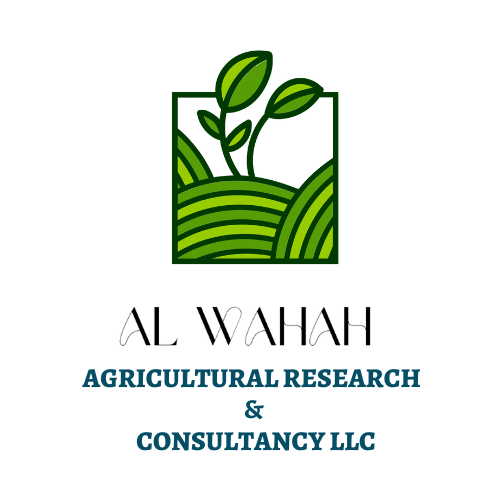Plant Tissue Culture
Plant tissue culture or micropropagation is the aseptic culture of cells, tissues, organs and their components under controlled conditions in vitro where the environment and nutrition are rigidly controlled. While ‘tissue culture’ is the most commonly applied and widely recognized term for this process, ‘micropropagation’, ‘in vitro culture’, ‘sterile culture’ and ‘axenic culture’ may also be used to describe tissue culture methods (Smith, 2013).
Tissue culture has developed to the point where it has become an important tool in both basic and applied studies as well as in commercial application and large-scale plant production (Thorpe, 2007). Tissue culture has now became an important tool with many types of crops including cereals and grasses, legumes, vegetable crops, potatoes and other root and tuber crops, oilseeds, temperate and tropical fruits, plantation crops, forest trees and ornamental species (Thorpe, 2007).
Plant tissue culture techniques have multiple uses: the main commercial application is in the rapid production of large numbers of clones (identical individuals) of plants which have desirable characteristics. These may be newly bred or pre-existing varieties of crops with desirable traits in fruiting, flowering, ornamental value, disease resistance and other factors. Production of large numbers of clones in a rapid time frame avoids the long vegetative propagation period many species would otherwise have using traditional methods. It also avoids problems associated with seed propagation of some species such as the requirement for a suitable pollinator or seed that is difficult to germinate as occurs with certain orchids.
One of the main advantages of tissue culture is that whole plants can be regenerated from plant cells, making this a valuable method during the process of genetic modification to create new varieties with improved cropping characteristics. Another important aspect of tissue culture is the ability to produce specific pathogen-free clones and to clear certain plants of viral and other infections which may be present. Under the sterile conditions inside tissue culture vials, plant material can be transported and shipped long distances without the risk of transferring pests and pathogens; it also allows long-term
storage of clonal material (Hartmann and Kester, 1983).

Tissue Culture Techniques and Methods
Successful tissue culture has a number of basic requirements and procedures which must be followed. Many of these are species specific; however, all in vitro micropropagation processes need:
- Specialized equipment and facilities in which to prepare the cultures, to maintain strictly sterile conditions, as well as the correct growing conditions of temperature and light intensity.
- Correct selection of explant material from suitable stock plants which have been maintained in good condition.
- Prevention of contamination. Plant material must be disinfected correctly, the culture media sterilized, and all facilities and equipment kept as free from contaminants as possible.
- Staging. Once explant material has bee selected and disinfected it may pass through a number of developmental stages. These include initial establishment from the original explant (plant material used to start the process), multiplication and pre-transplant stages which may include root initiation and acclimation.
- The final stage involves taking the newly rooted plantlets from the highly protective in vitro environment and transplanting into a suitable, sterile growing mix or other substrate in small pots under greenhouse conditions. Since the young plantlets are prone to desiccation at this stage, humidity tents and misting are applied to increase humidity and light shading is applied. Once the plants have established, they are gradually exposed to lower humidity and higher light levels. During this stage, the young plants are highly susceptible to pathogens and clean, hygienic conditions, including treated, high-quality water supplies for irrigation, are maintained until they are fully established.
Reference: A Practical Guide of Hydroponics and Protected Cultivation by Lynette Morgan





